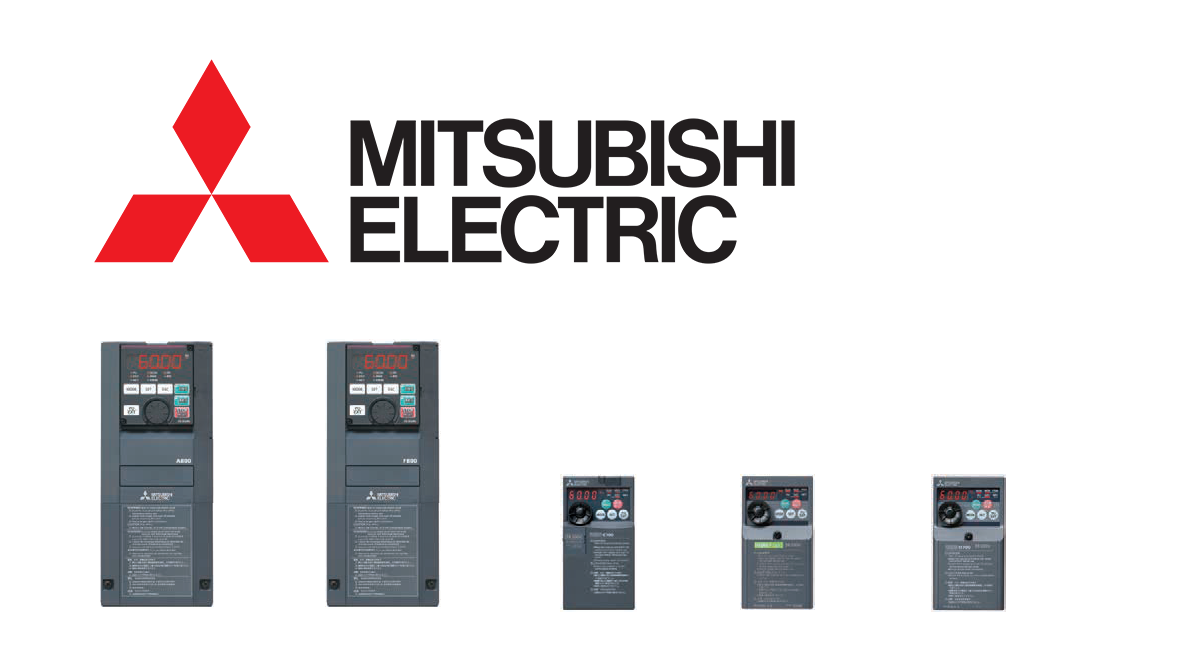
Mitsubishi Electric Braking Resistors
Mitsubishi Electric is one of the main branches of the Japanese multinational corporation, Mitsubishi. This page is currently under construction and our cross-reference lists have not been completed yet. We are familiar with all Mitsubishi drives and can quote an equivalent to your existing part number, or help you with a complete solution.
All of our resistors are fully manufactured in Canada and are cULus listed. Whether you’re looking for a specific part number, or a customized product designed for your application, we can help.
We always provide the best prices, lead times, and quality.
All Mitsubishi Electric VFDs have some inherent braking capability. During controlled deceleration, motor regenerative losses are dissipated in the motor, wire,
and VFD circuitry. The built-in DC injection braking allows for low speed braking and stopping. When the above capabilities are inadequate for an application, it
is necessary to add a power transistor brake unit and resistor unit in series across the DC bus. Motor regeneration causes the DC bus voltage to increase, and
when the voltage exceeds a specified threshold, the transistor turns on to pass current through the resistor. Motor kinetic energy is converted to heat energy.
VFD overcurrent and overvoltage protective circuits are active at all times, and will fault-trip the VFD if the brake size is inadequate.
Two main factors must be considered when sizing the brake, the effective duty cycle (%ED) and the short time duty rating. The effective duty cycle is
increased when an external resistor is added. It is preferable to profile the effective duty cycle of the units of time. With this information, the short time duty is
known and the %ED can be calculated, as shown in the following example. %ED = Braking time / total time for complete operating cycle x 100
Example: In a given application a load is accelerated for 5 seconds, runs for 60 seconds and decelerates in 3 seconds before resting for 12 seconds.
%ED = 3 / (5 + 60 + 3 + 12) x 100 = 3.6%
The tables shown assume 100% brake torque, when brake torque is represented by its percentage to the rated torque of the applied motor.
Torque (kg.m) = 974 x Power (kW) / Speed (rpm).
Browse by Drive
The FR-D700 series is a low cost micro variable frequency drive. It is available in 110V, 240V, and 480V classes, and ranges from 0.125 to 10HP, meaning that braking power will typically be low. The drives come with a built in brake transistor (chopper) above 0.5HP ratings.
The FR-E700 series is a cost-effective general purpose variable frequency drive. It is available in 115V, 200V, and 400V classes, and ranges from 0.125 to 20HP, meaning that braking power will be low or moderate. The drives come with a built in brake transistor (chopper) above 0.5HP ratings.
The FR-A800 series is Mitsubishi flagship VFD offering. It is available in 115V, 200V, and 400V classes, and ranges from 0.125 to 20HP, meaning that braking power will be low or moderate. The drives come with a built in brake transistor (chopper).
Some drive models come with an internal resistor for very small braking requirements, and can be extended by adding an external braking resistor. For information on these drives, open the “FR-A800 Drives with Internal Brake Resistors” table.
Some drive models require a braking unit to extend their braking capacity. If you are purchasing a braking unit from Mitsubishi, you can find your appropriate resistor by looking at the “Brake Resistors for Brake Units” table.
Some drive models come come with a large brake transistor built in, you can find their minimum resistance and max braking power in the “Drives with Internal Braking Transistors” table.

